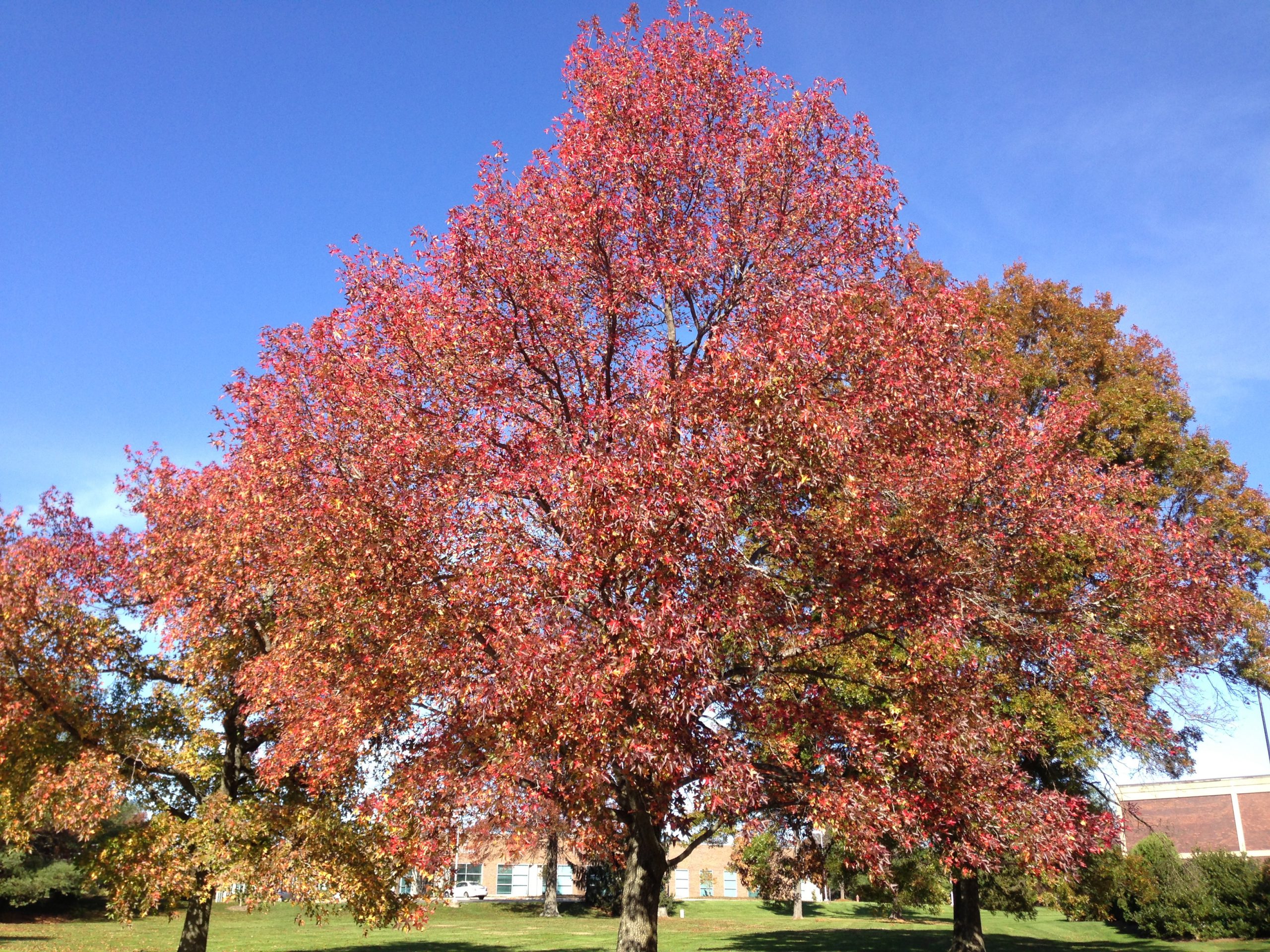No products in the cart.
News
The Best Trees to Plant to Absorb CO2
Best Carbon Dioxide-Storing Trees and Plants and How to Plant Them
Climate change. If the very term doesn’t make you shiver, you’re probably not paying enough attention. The truth is we’ve been pumping a lot of CO2 into our atmosphere and the results are only beginning to show. So step number one is to decrease our carbon dioxide output. But what about the damage that’s already been done? And we can’t live with zero carbon dioxide – after all, we all breathe out CO2.
The best way we know to combat CO2 emissions is by planting trees. Trees (and other plants) naturally take in carbon dioxide and turn it back to clean, breathable oxygen. They do this by converting it into wood or other plant matter. So the more plants, the better. Right?
Yes. But the type of trees or plants is also important. Some are better at this conversion process than others, after all. And trees that are well suited to your region will grow better and stronger, increasing their impact.
Looking for some inspiration on what to plant? Here are some of our top picks.
American Sweetgum Tree
Storage Capacity: 380 pounds of CO2 per year*
Native Region: Eastern United States and Mexico
Tips: This one needs lots of root development space, so it’s best for wide-open areas without a lot going on below the surface. It’s known for its brilliant fall color, ranging in shades of yellow, orange, red, and even deep purple.
Eucalyptus Tree
Storage Capacity: 70 pounds of CO2 per year*
Native Region: Australia
Tips: there are several areas where this tree grows quite well. They need full sun and do well in dry climates or slightly wet areas with well-drained soil. One lovely aspect of these trees is that many can do well in a potted environment, so they’re a good choice for rooftop or balcony gardens.
European Beech Tree
Storage Capacity: 112 pounds of CO2 per year*
Native Region: Central Europe to the Caucasus, but can do well in many areas of North America
Tips: This lovely tree is known for its short trunk and low branches, coupled with a lovely silvery bark color. It’s drought-sensitive, so avoid planting it in areas that don’t get a great deal of rainfall naturally. You’ll also want to plant it in an area that won’t get too much foot traffic over its root system.
Laurel Oak Tree
Storage Capacity: 70 pounds of CO2 per year*
Native Region: Southeastern and South-central United States
Tips: This semi-evergreen tree is pleasing to the eye, which is why it’s often considered ornamental. It’s highly pest resistant and tolerates a wide variety of soils well, making it an easy choice for many.
London Plane Tree
Storage Capacity: 50 pounds of CO2 per year*
Native Region: Hybrid developed in Britain
Tips: Don’t let the name fool you. This tree is actually a hybrid of the American sycamore and the oriental plane. It’s a large tree that grows up to 100 feet tall and is often named most effective for removing pollution. This makes it an excellent choice for urban planting in parks and other green spaces.
Red Mulberry Tree
Storage Capacity: 70 pounds of CO2 per year*
Native Region: Eastern and Central North America
Tips: The red mulberry is a beautiful tree with edible fruit and lovely fall color. The sweet fruits of this tree are likely to attract wildlife and birds, but beware: they’ll leave quite a mess behind. Best to plant this one away from areas you want to keep clean and presentable.
Silver Maple Tree
Storage Capacity: 455 pounds of CO2 per year*
Native Region: Eastern North America
Tips: The silver maple is the fastest-growing deciduous tree, making it an ideal candidate for carbon storage. They can grow up to 70 feet tall and spread to 50 feet wide. When planting, do be careful as the roots can grow into sewer systems, causing damage. It’s best to plant these trees in an area where their considerable root systems will not disturb anything underground.
Yellow Poplar (aka Tulip Tree)
Storage Capacity: 137 pounds of CO2 per year*
Native Region: Throughout the Eastern United States
Tips: This member of the magnolia family has beautiful orange/yellow flowers in the late spring. It can grow to 90 feet high and 50 feet wide, so be sure to give it plenty of room. As an added bonus, it may draw songbirds, insect pollinators, small mammals, and sapsuckers to the area.
Other Considerations
In general, look for native species that are fast-growing, long-lived, and low maintenance. This means they’ll store carbon dioxide more efficiently and continue growing and thriving even if you move away and aren’t there to care for them.
What areas need this CO2 storage option most? Densely populated places like cities and many suburbs, tropical regions, and areas that have been clear cut are all excellent candidates. But really, anywhere you can plant a tree where it will thrive is good.
Whenever you’re planting a tree, be sure to consider its space needs at maturity as well as its ability to thrive in the soil and climate of the area. Consider planting shade trees in a way that will help you lower your cooling costs in the summer by shading the hottest portion of your home. And try to avoid trees that will need artificial fertilizers or pesticides.
So can planting a few trees really make a difference? We believe it can. And if you get your community involved or join together with others to add more green to our world, a grass-roots movement can really make a big impact!
To better understand CO2 emissions generated by various activities and how to offset them, see our carbon emissions calculator.
Source: getreprint.com


